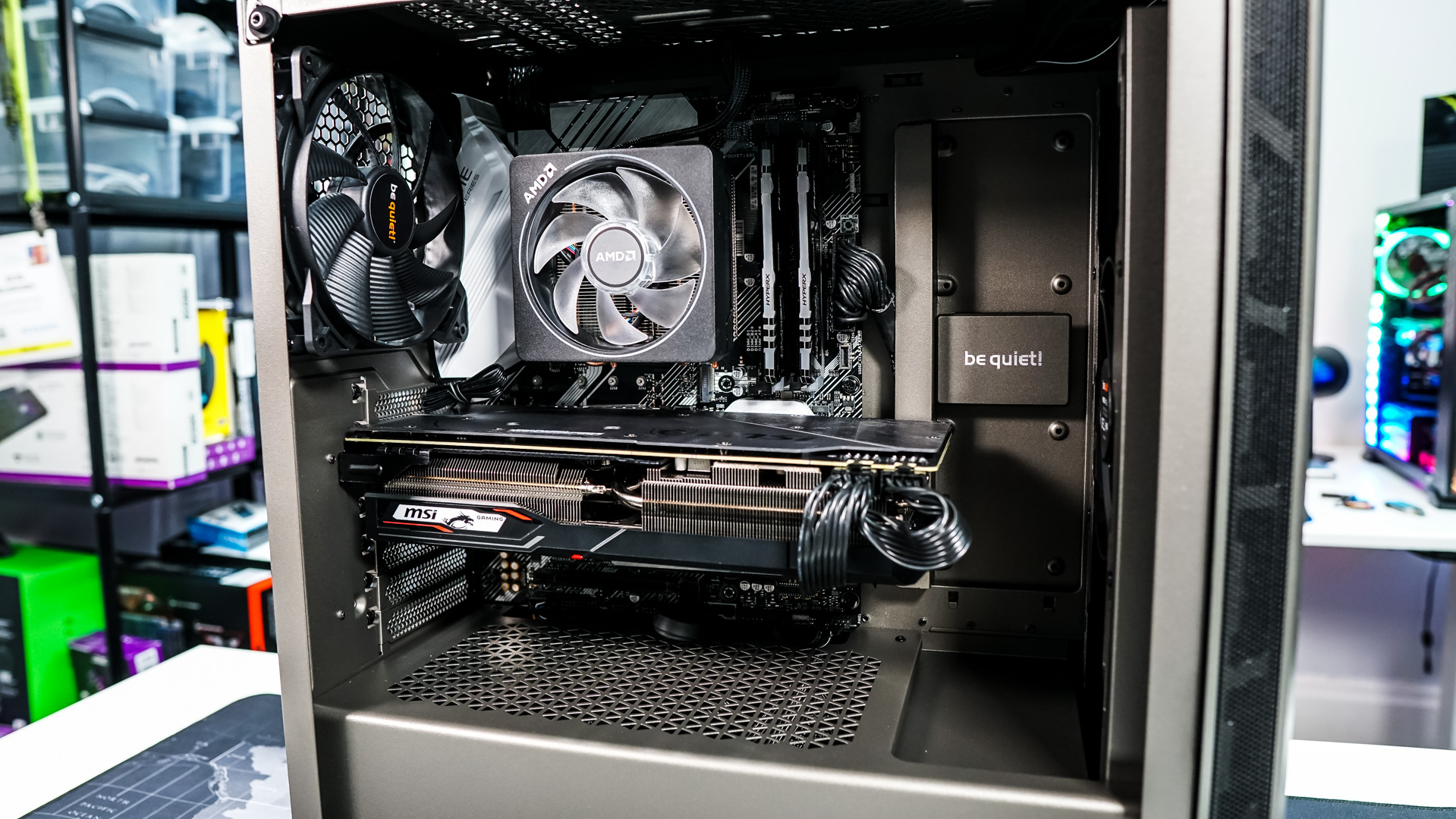Building a PC is getting easier and easier. Todday, it boils down to picking compatible hardware and throwing it in a case, kind of like LEGO, just very expensive LEGO. That being said, if you’re a beginner PC builder, you can still make some pretty big mistakes that can translate into a useless PC or an underperforming nightmare. Let’s go through some of the most common mistakes that people make when building PCs and how to avoid them.
Buying incompatible hardware
The first thing that you want to avoid is hardware incompatibility. Having incompatible hardware can either hinder your computer’s performance or will simply won’t be able to fit together with the other components, resulting in an unbootable system.
The two things you should avoid are bottlenecking and incompatibility. Bottlenecking, some form of compatibility, can still leave you with a functioning system. Bottlenecking is when two components have very mismatched performance. Imagine picking up a very powerful GPU and a very underpowered CPU. Your GPU will never run at full capacity because the CPU will always hold it back. There are a lot of websites that can help you check for bottlenecking, so I suggest you just Google a bottlenecking calculator and check what compatibility your future components have.
Installing the CPU wrong
The CPU is the most delicate component you’re going to handle. If you drop it in its socket and get one of the pins bent, then you can say goodbye to a few hundred dollars. Installing the CPU is easy if you know what you’re doing and hard if you don’t, so we urge you to pay attention.
So, what’s the right way to install a CPU? After unboxing your motherboard and CPU, take a look at the motherboard CPU socket. If you’re using an Intel CPU, then you own what is called an LGA (land grid array) chip. Basically this means that instead of pins, your CPU has some gold connectors that come into contact with the pins on the motherboard. AMD has a PGA format (pin grid array), so the pins are on the CPU. The pins are very important. Don’t damage the pins.
You’ll see that your CPU socket has a plastic cover and a retention arm. Lift the retention arm and look at the socket. You should see that one of the corners has a triangle. If you look at your CPU, then you’ll see that it also has a triangle symbol in one of its corners. Align the two symbols, put the plastic lid back on the CPU, and lock it with the retention arm. The lid will pop off. Now just put a dollop (the size of a cooked grain of rice) of thermal paste, and install your cooler.
Not Seating Ram Properly
RAM is super easy to install, but you might not realize it at first. On your motherboard, the RAM DIMMs are right next to your CPU slot. Each of the DIMMs has two clamps, one at each end. Press the clamps down. Secondly, take a look at your RAM stick. It should have a notch somewhere across its length. Align the notch with the one on the DIMM and then push with a moderate amount of force, until you hear or feel a click.
DON’T forget to press the clamps down and DON’T forget to align the RAM notch with the DIMM.
Connecting a monitor to a motherboard instead of a graphics card
If you’re using an APU (accelerated processing unit), which is a CPU that doubles as a graphics processor, then you can skip this step.
If you’re not getting visual output out of your PC but it boots, and everything seems to be in place, then it’s likely that you’ve connected your monitor to the motherboard’s display output connector. The motherboard outputs are vertical, while your GPU is slightly below, with horizontal connectors. Use that instead and everything should be fine.
Forgetting the Thermal Paste
Thermal paste is super important for the performance of your processor. It increases the surface contact area between your CPU and your cooler’s heat sink, ensuring proper heat discharge. If you don’t spread enough thermal paste or just skip it altogether, then you’ll be left with high temperatures and decreased performance, and even a risk of overheating and destroying your CPU.
Conclusion
These all have been frequent mistakes that even more experienced builders sometimes make. Be sure to follow each piece of advice to the letter and you’ll have a safe and enjoyable building experience. There’s plenty of fantastic guides on building a PC out there, so if you’re still a bit anxious, take a few days and inform yourself until you feel prepared.


